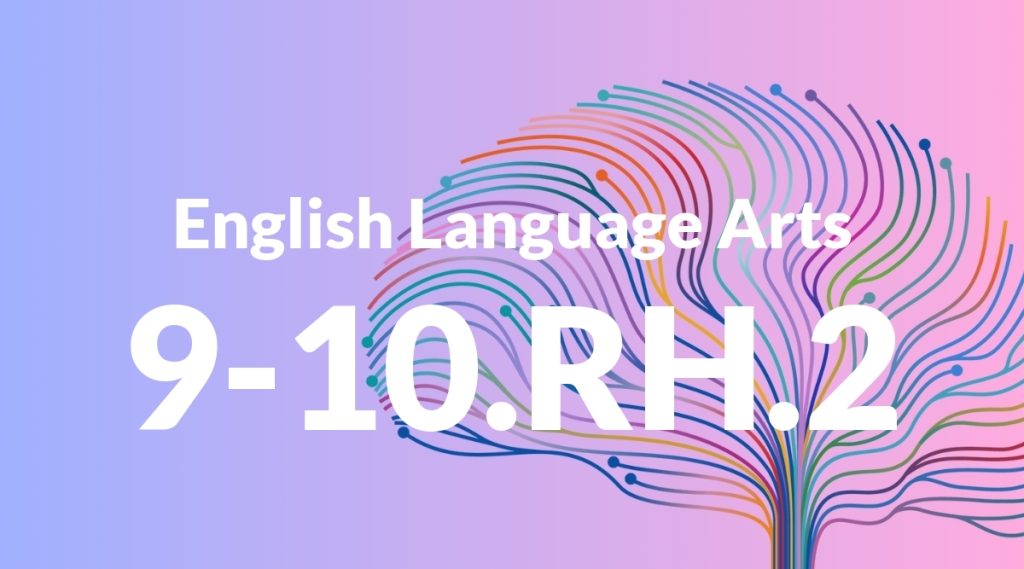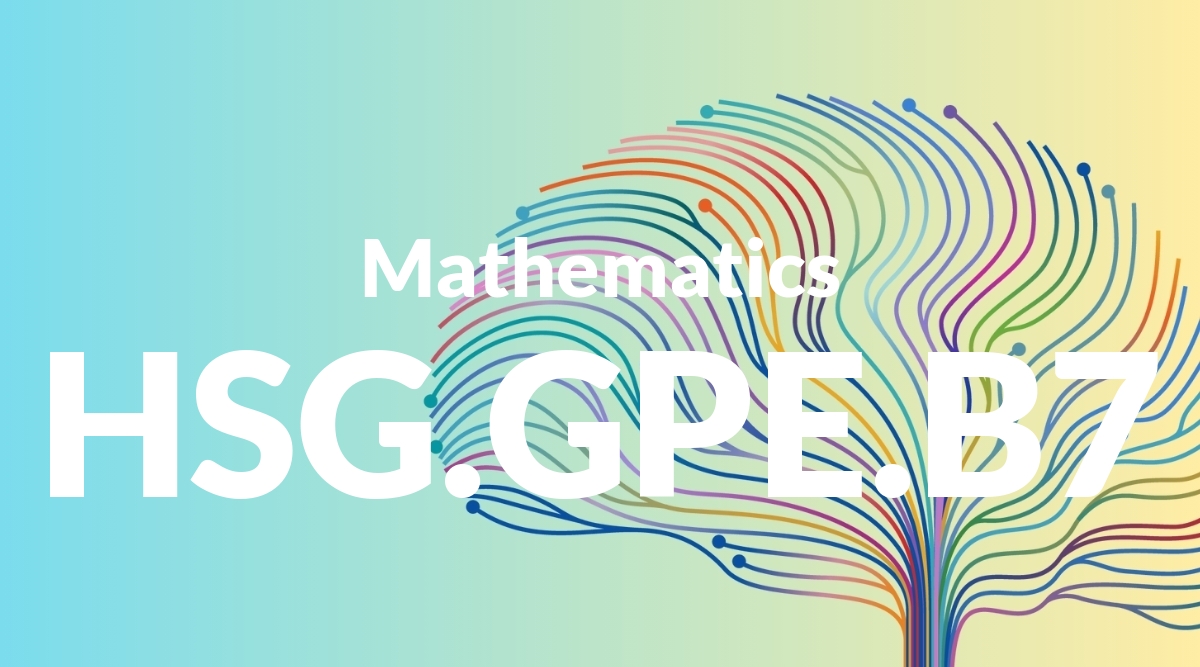Standard: 9-10.RH.2 – Determine the central ideas or information of a primary or secondary source; provide an accurate summary of how key events or ideas develop over the course of the text.
Grade level: Grade 9-10
Subject: English Language Arts
Domain: History/Social Studies
Teacher Overview
This standard focuses on students’ ability to identify central ideas and key events in historical texts, both primary and secondary. It is crucial for developing critical thinking and analytical skills, which are important for understanding history and social studies. Students should be able to identify main ideas and supporting details in simpler texts and understand the difference between primary and secondary sources.
Mastering this standard will enable students to critically analyze historical texts, draw connections between events, and construct well-supported arguments.
Common Misconception 1
A common misconception is that summarizing a text means simply rewriting it in one’s own words without focusing on the central ideas. This approach misses the importance of identifying and emphasizing the main ideas and key events.
Intervention 1
Use graphic organizers and guided practice to help students identify main ideas and key events. Encourage them to ask questions about the significance of these ideas and events.
Common Misconception 2
Another misconception is that primary sources are inherently more valuable than secondary sources, leading students to disregard secondary sources. This misunderstanding overlooks the context and analysis that secondary sources provide.
Intervention 2
Provide examples of how secondary sources can offer valuable insights and context. Use case studies to show how historians use both types of sources to build a comprehensive understanding of historical events.
Prerequisite Knowledge
Students should have a basic understanding of how to identify main ideas and supporting details in a text. They should also be familiar with the difference between primary and secondary sources.
Subsequent Knowledge
After mastering this standard, students will be able to critically analyze more complex historical texts, draw connections between historical events, and develop well-supported arguments based on their analyses.
Instructional Activities
- Analyze a historical speech and identify its central ideas.
- Summarize a historical event using both primary and secondary sources.
- Create a timeline of key events based on a historical document.
- Compare and contrast the perspectives in a primary source and a secondary source on the same event.




